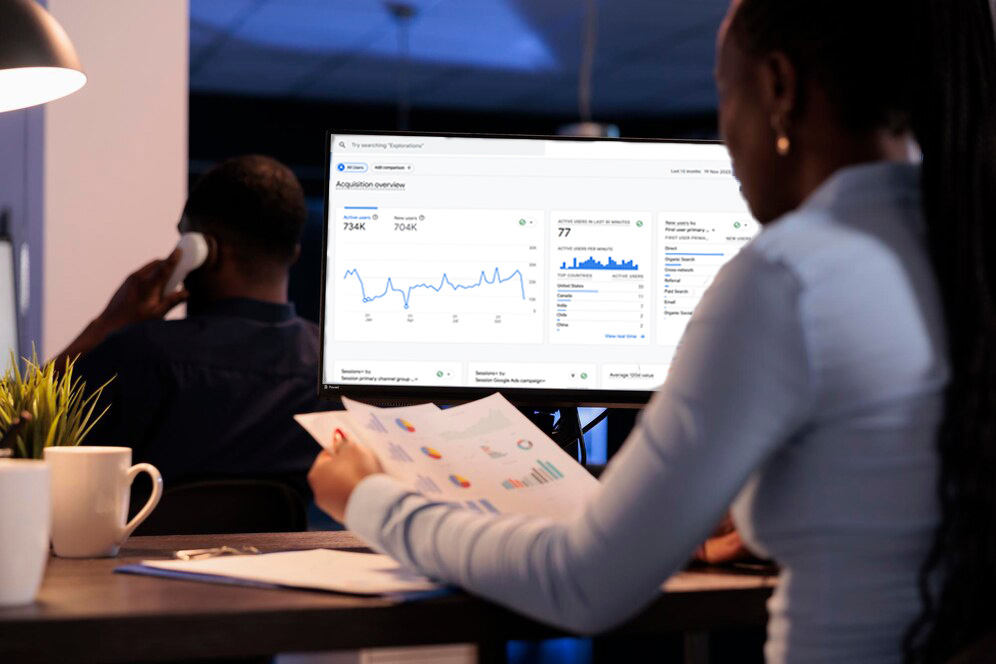
The Value of Digital Analytics to Marketing and Communication Managers in Africa
Marketing and communications managers are constantly implementing campaigns, promotions, advertising and other communications and marketing activities. More often now than before, Company executives are demanding to see the results of these activities; posing the marketing and communications professionals with the challenge of demonstrating the impact that their work is having on the business or organization.
In Malawi, and even a large part of Africa, most of the communication and marketing activities take place on offline channels such as newspapers, radios, and roadshows. However, companies and organizations are now rapidly adopting digital channels of communications and marketing such as websites, social media, and online advertising.
While it is very hard to measure the effectiveness of marketing and communications activities in the offline world, it is much easier to do so in the online world. This is made possible through the use of digital analytics.
What is digital analytics?
Digital analytics is the process of collecting and analyzing data from digital sources such as websites, social media, mobile apps and many other digital channels.
It enables us to measure what we can call the hard measures – things that are not necessarily impossible to measure but would either be very difficult and cumbersome, or expensive to do so in the offline world.
For instance, how can you tell the number of people that have actually seen a billboard in the middle of the road somewhere, or have seen the advert on page fifty-one of the magazine? It is not impossible to measure these things, but it’s arduous. You would have to employ a mixture of comprehensive qualitative and quantitative research.
On the contrary, one can easily measure online marketing and communication activities through digital analytics.
As companies are adopting digital channels in African countries, marketing and communications managers can leverage digital analytics to gauge the success of their online marketing and communications activities, or lack thereof; with the aim of improving and optimizing them to achieve business goals and objectives.
Measuring Awareness
A major goal for any campaign or promotion is awareness – we want to raise the visibility of our product, service, or cause. When we put an advert in the newspaper or on the radio, we are hoping that someone, somewhere, will see or hear it.
However, marketing and communications professionals in Africa are mostly never certain how many people have listened to the advert or seen it in the newspapers – they largely depend on generic measures such as newspaper readership and circulation or radio listenership.
But with digital analytics, we can measure awareness of our communications and marketing activities with a certain level of certainty. Ad impressions can tell us how many people have seen our campaign or promotion, and website traffic measures such as sessions, users and pageviews can tell us how many people have reached our website from that campaign.
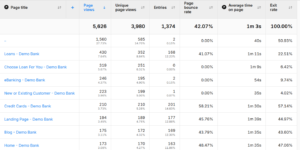
Measuring Engagement
We are also not sure to what extent people have engaged with our communication in the newspapers or on the radio – have they read the whole copy, have they listened to the whole radio advert or switched midway?
With digital analytics, however, we can know how far users have scrolled on our landing page, to what percentage they have played a video and how much time they have spent on a certain section of our website.
In addition to measuring engagement, digital analytics also enables us to understand the behaviors of our online users when they reach our website or landing page – where are they clicking? Are they filling the contact form or making that download? And finally, where do they drop off and eventually leave the page?
All this can in turn help us understand our users, improve their experience with our online touchpoints, and improve our online targeting.
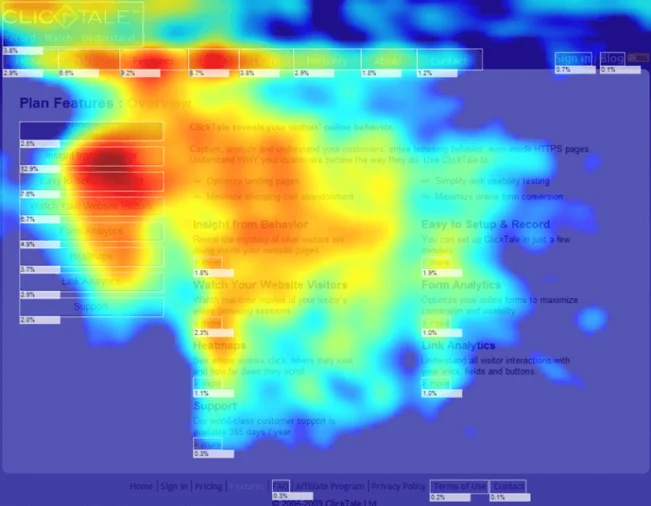
Measuring Conversions
Any communication that we make, any campaign or promotion, has a goal in mind – a certain desired action that we want to achieve. This is called a conversion.
Ofcourse for most, the ultimate conversion is the purchase – but we may also want people to visit our website and make a phone call, submit a registration form, download a document, or take any other action that is significant to achieving our business objectives. These activities can also be considered as conversions.
Digital analytics enables us to know whether these conversions are taking place on our online platforms or not. While it may be hard to know that people are calling us from a number that they got from our newspaper advert, we can know that they are calling us from our website by tracking phone calls.
We can also know the journey they took to that conversion – the channels that referred them to our website; whether it was social media, search engines, other affiliate channels or any online campaign that we may be having.
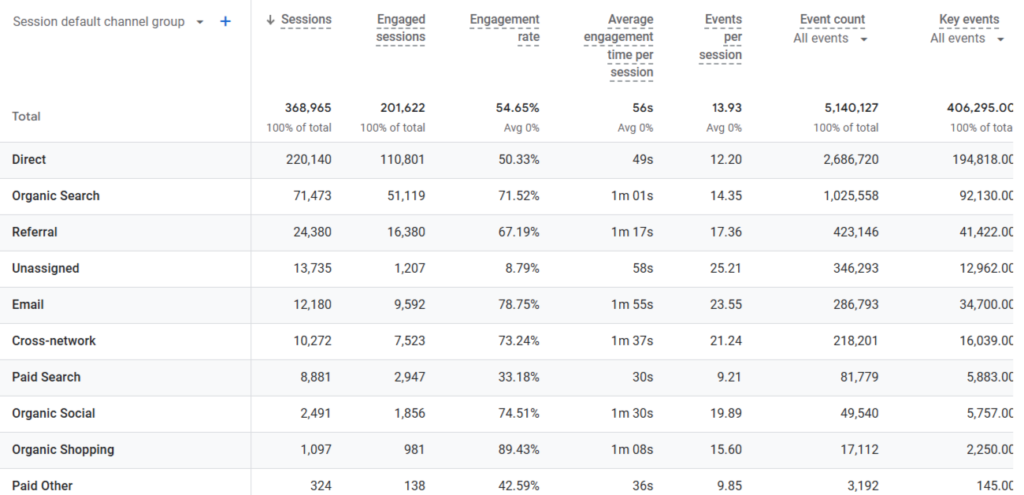
The argument against digital analytics
Others argue against digital analytics due to tracking restrictions placed by data privacy and protection regulations, adblockers and other browser extensions that prevent user tracking – that because of these, it is impossible to track 100% traffic, users, or events.
Ofcourse, these developments are significant and cannot be ignored. But digital analytics is not about tracking exact figures, it’s about tracking trends.
Are we getting a response to that campaign – is our website getting visitors? How is that relating to our targeted goals and objectives? We may not get all the data, but 80% data is better than nothing!
No matter what, digital analytics will provide us the data to make informed decisions to improve our online marketing and communication activities. And for marketing and communications managers in Africa, it will provide them the arsenal to demonstrate to Executives the value that their activities are having on the organisation’s goals and objectives – instead of relying on guesswork and hopes.
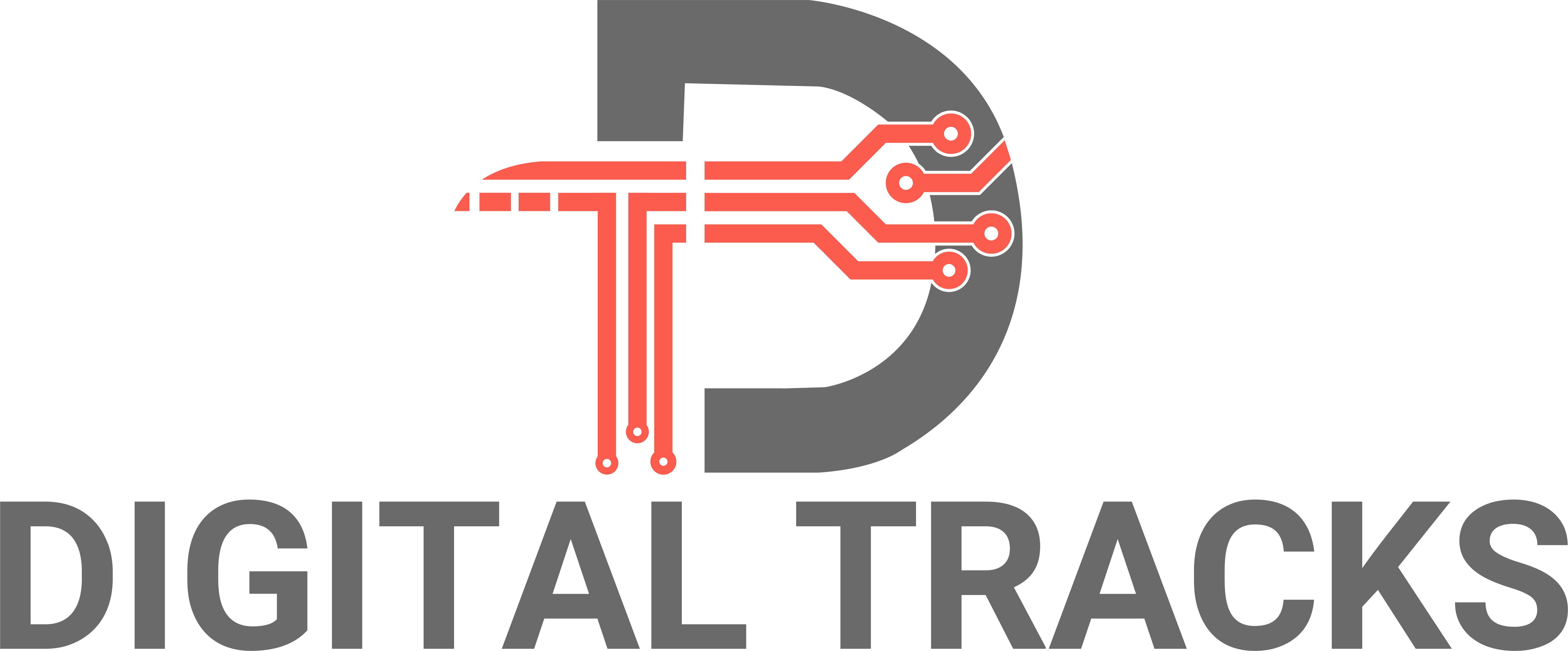
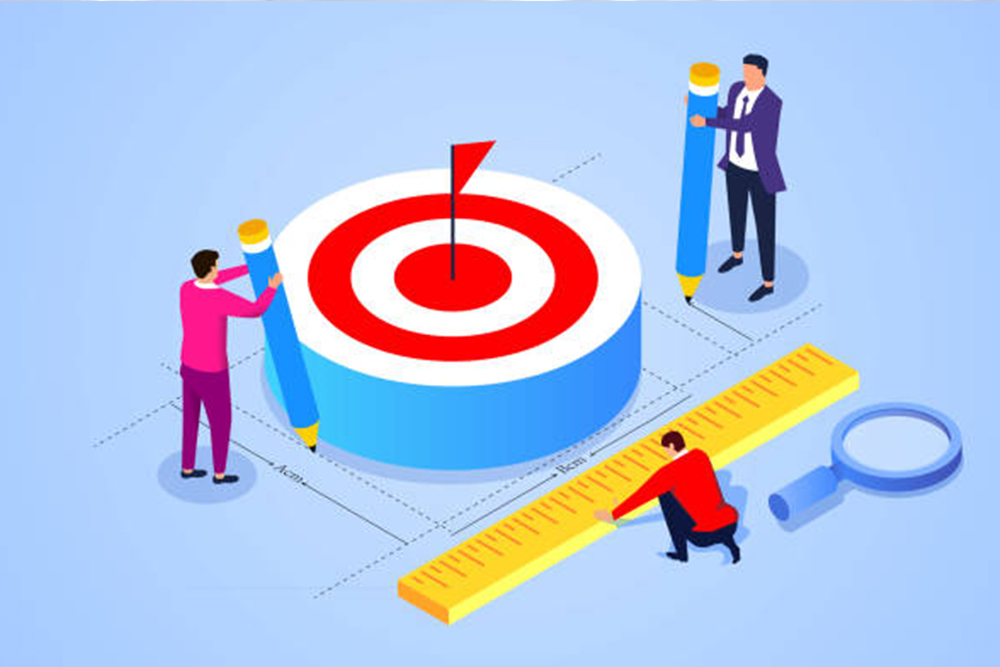
Thank you for this beautiful piece of writing that has provided useful insights especially to us that are into the communication sector. Very helpful!!
Thank you very much for taking the time to read @Audrey. I am glad you found it insightful and helpful. I will write more…